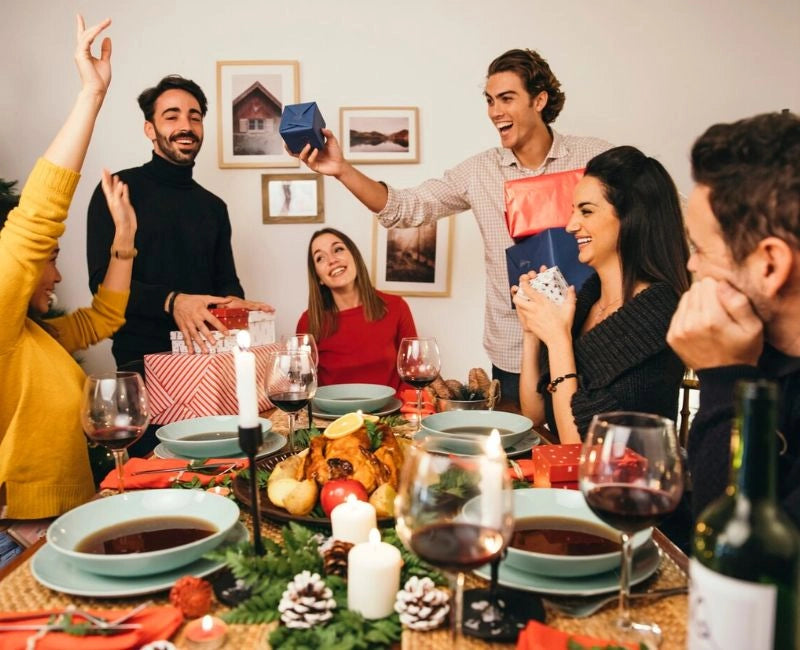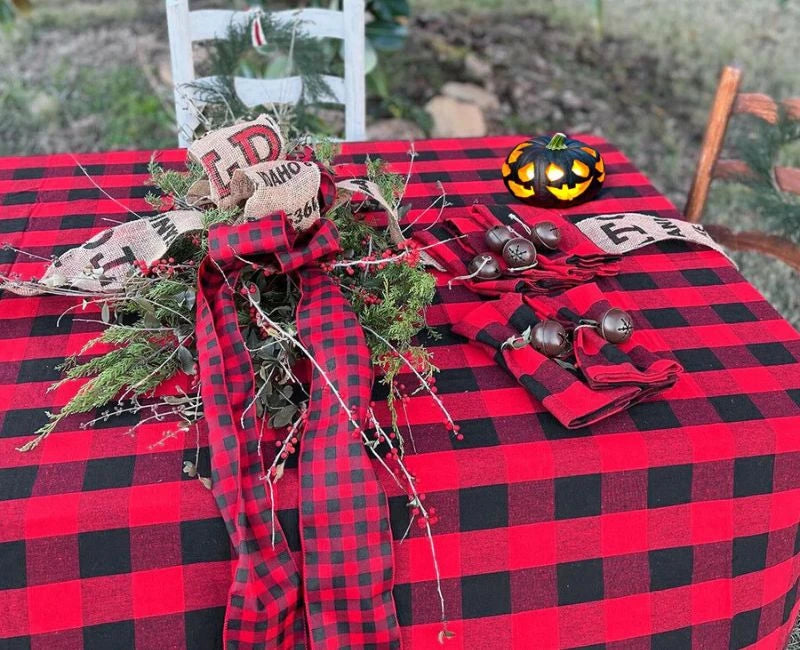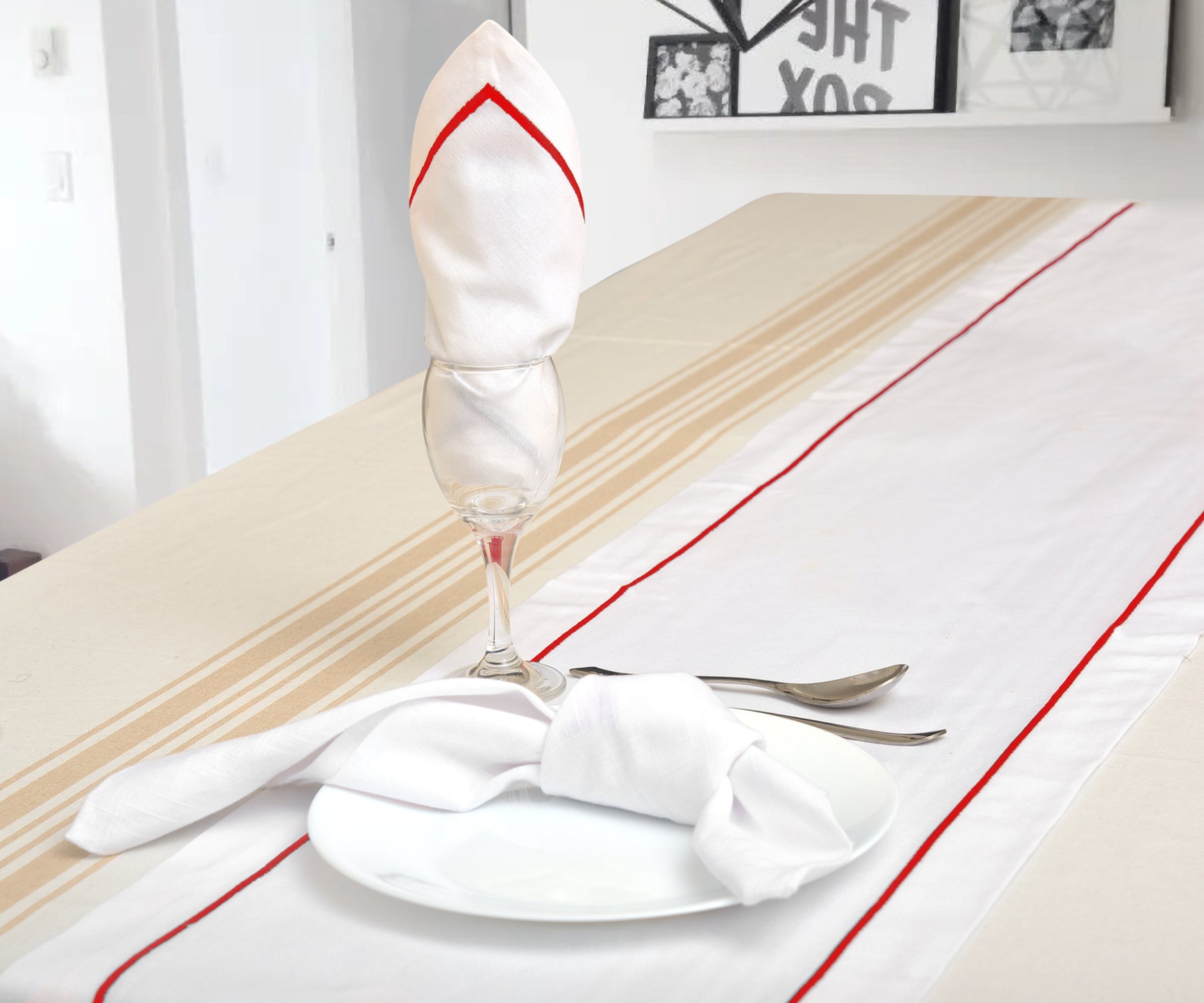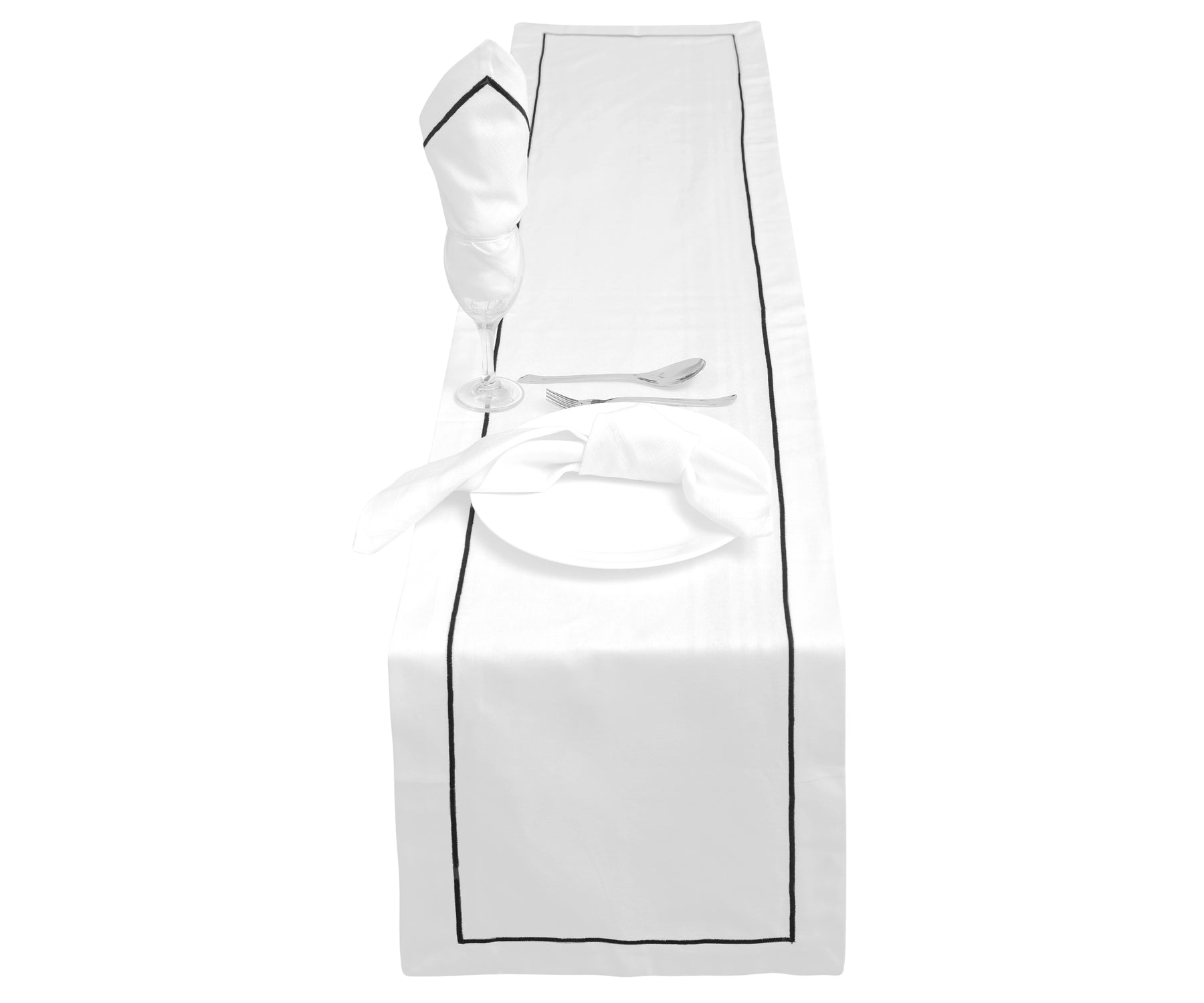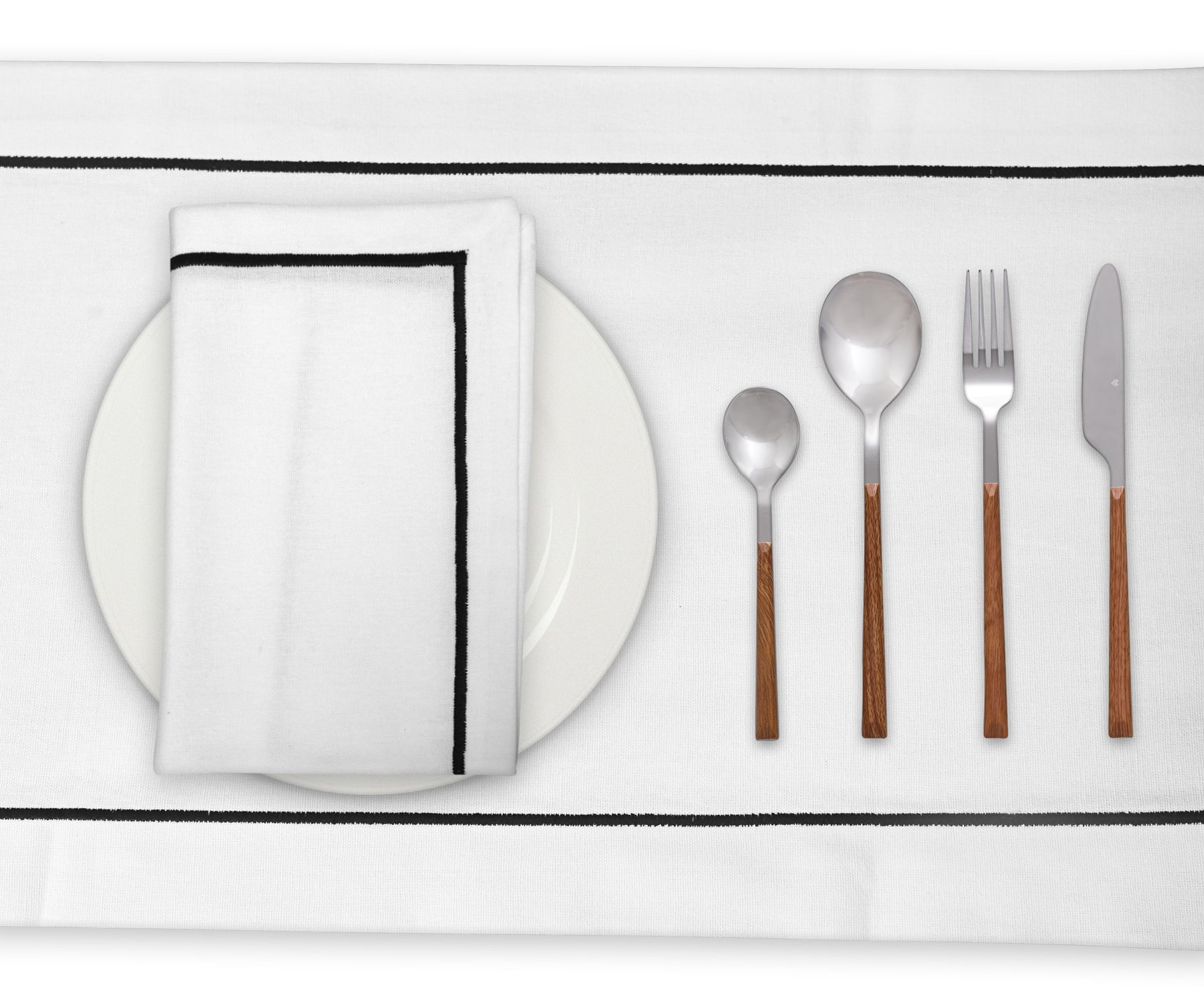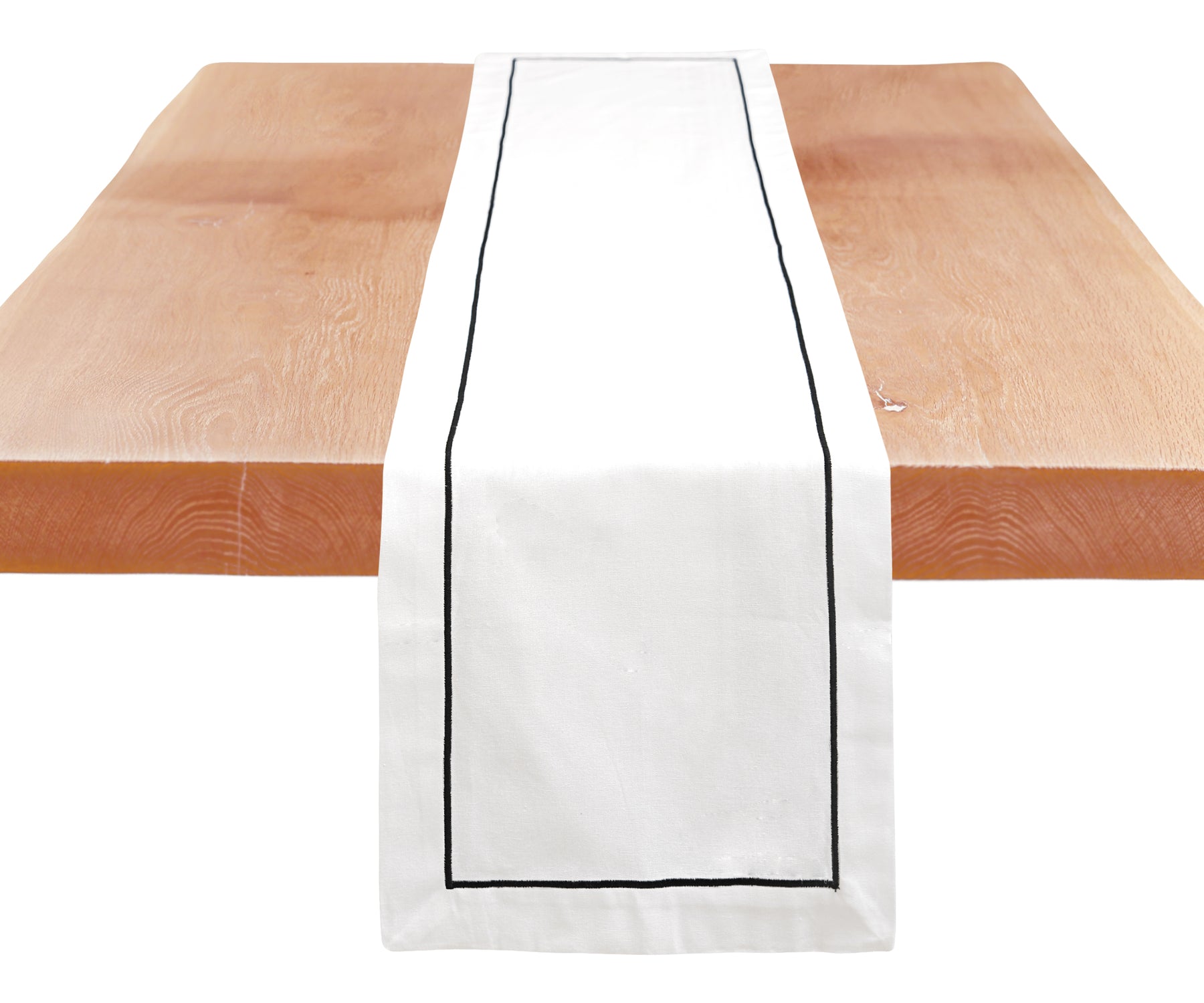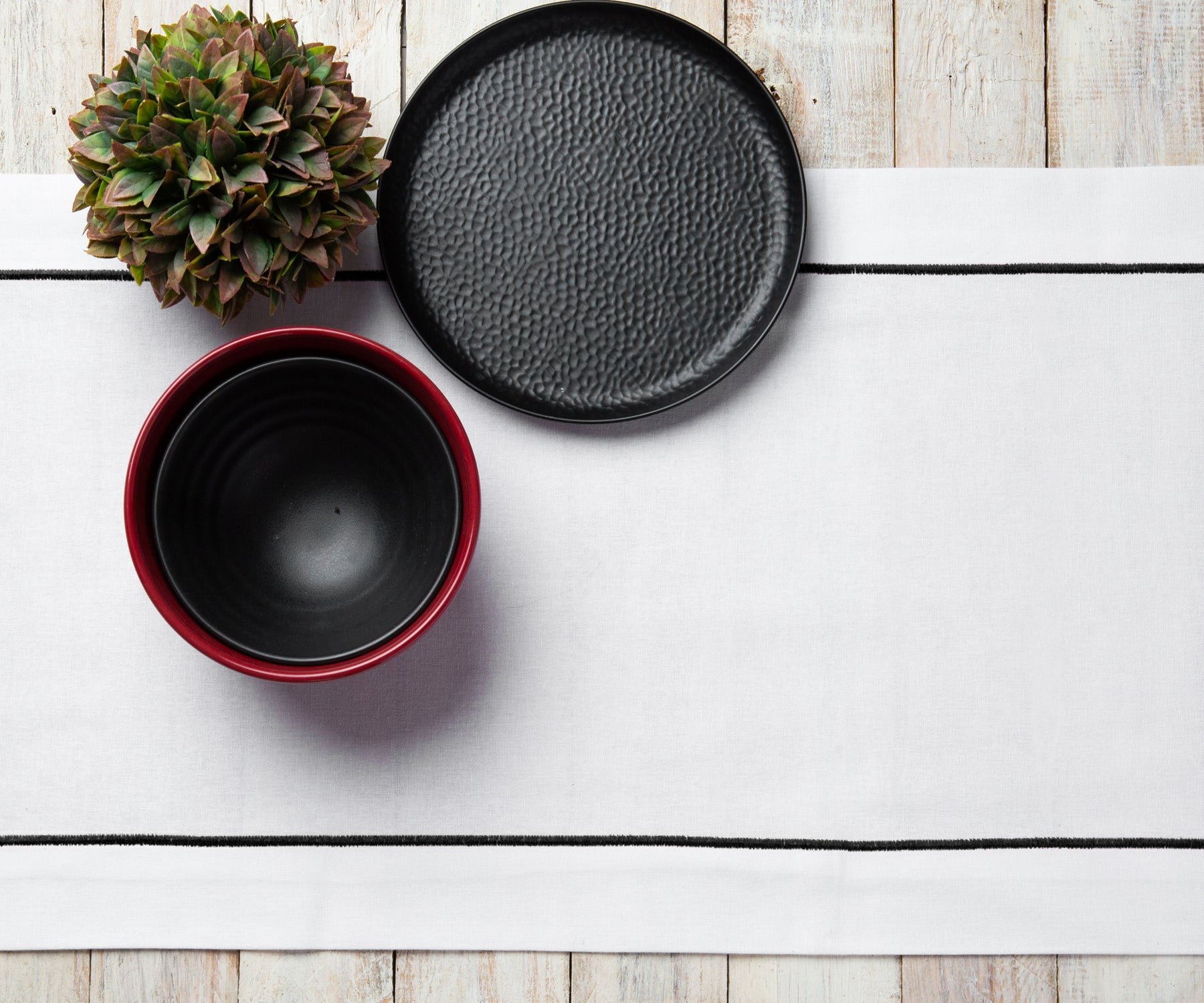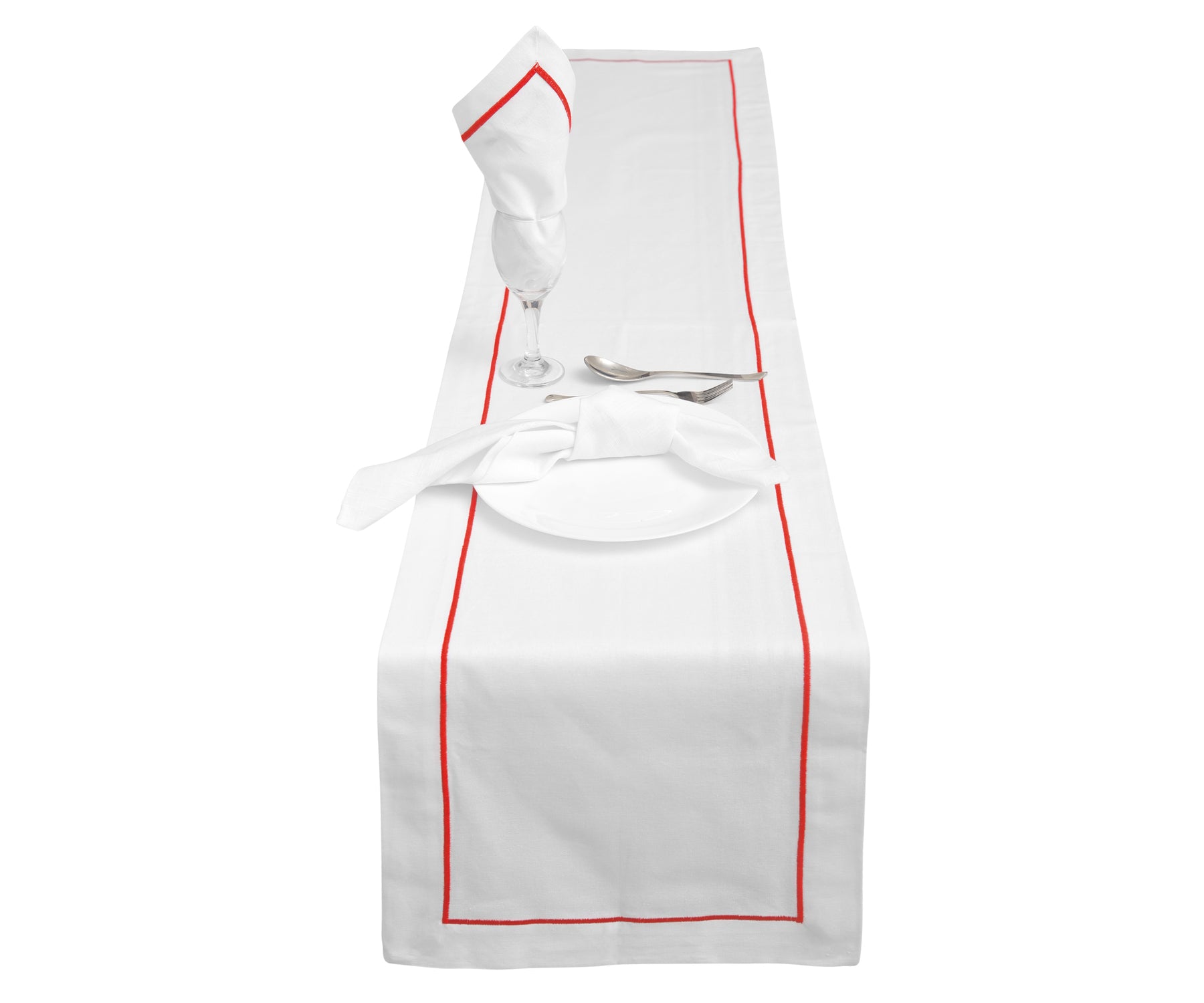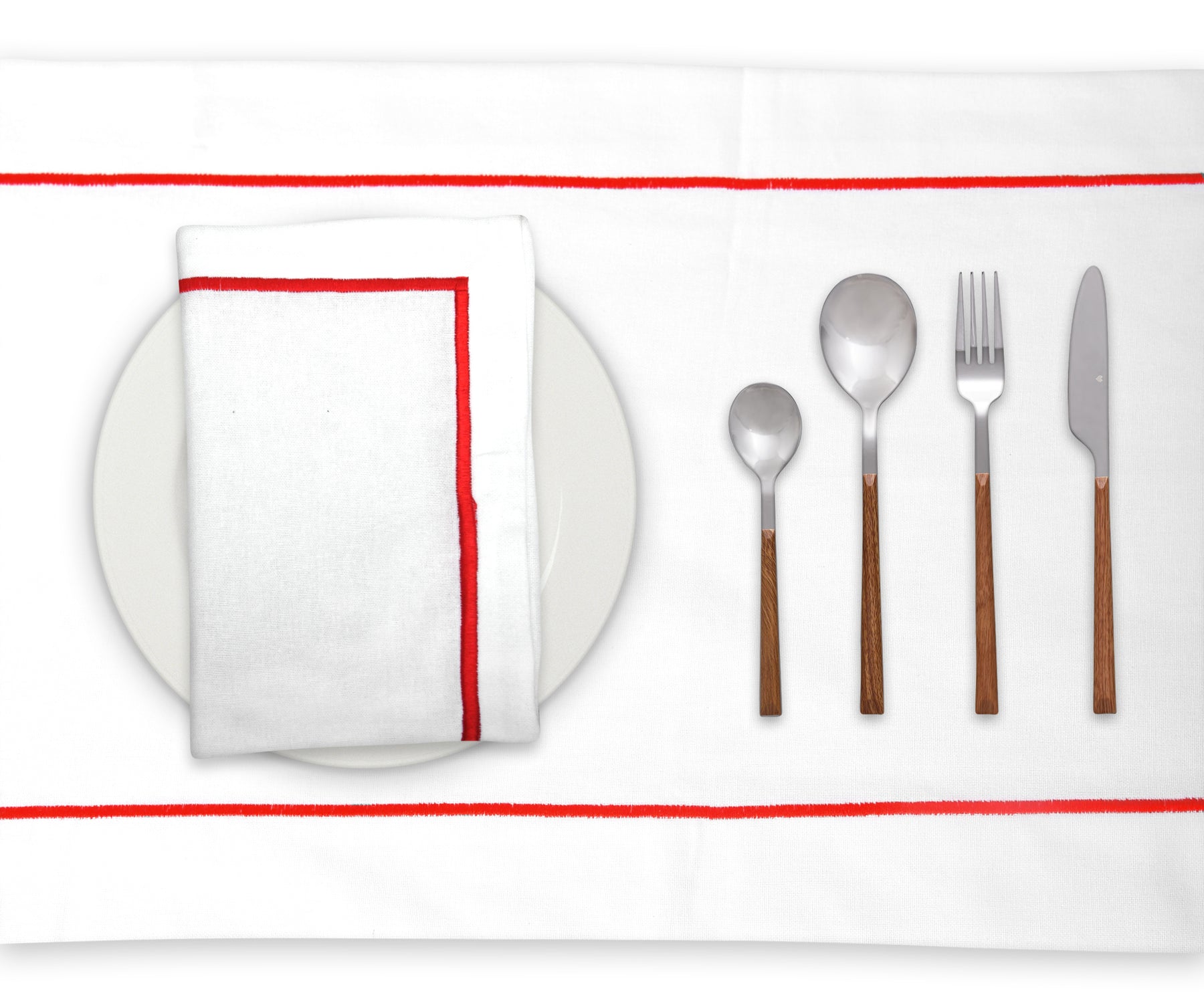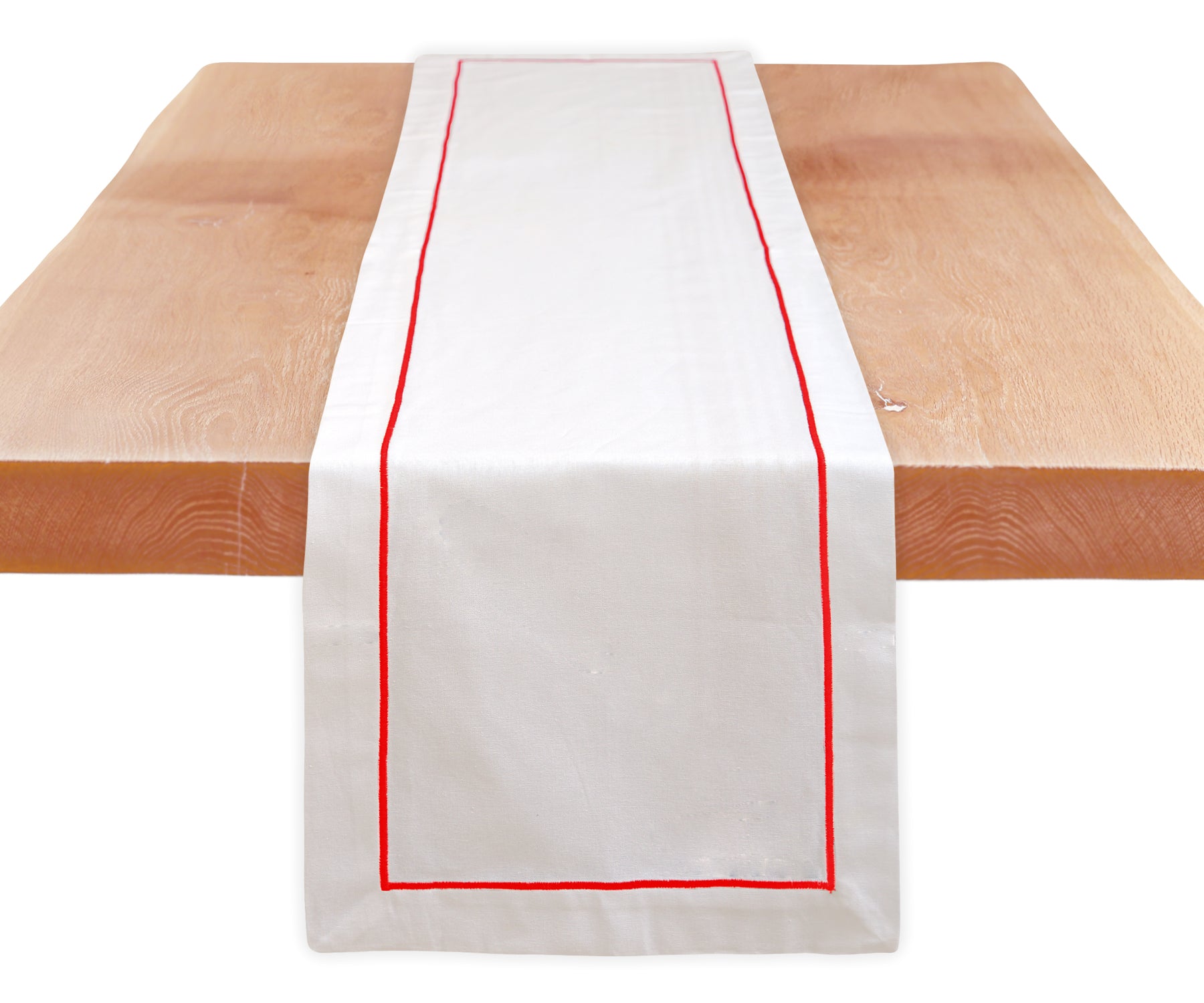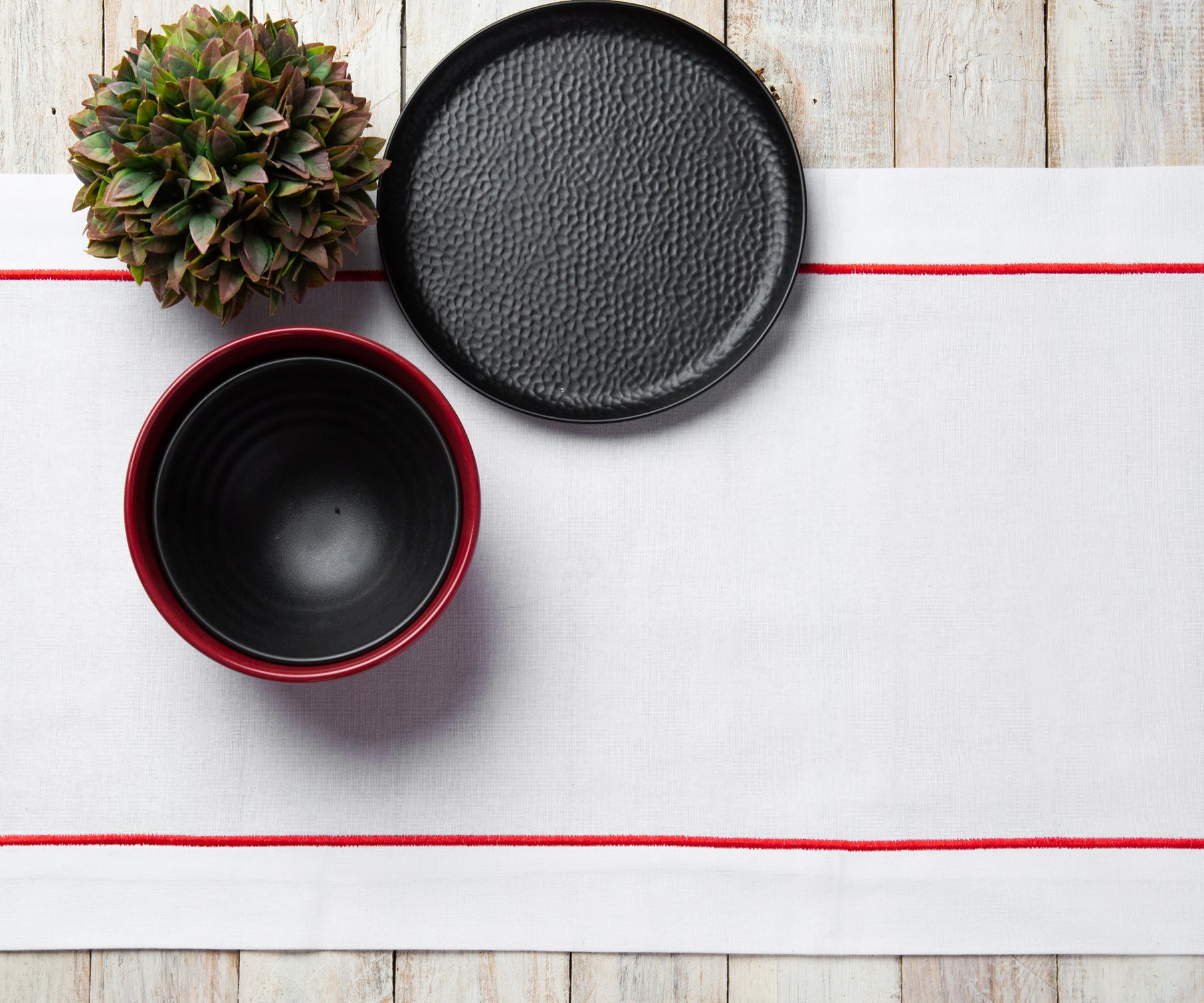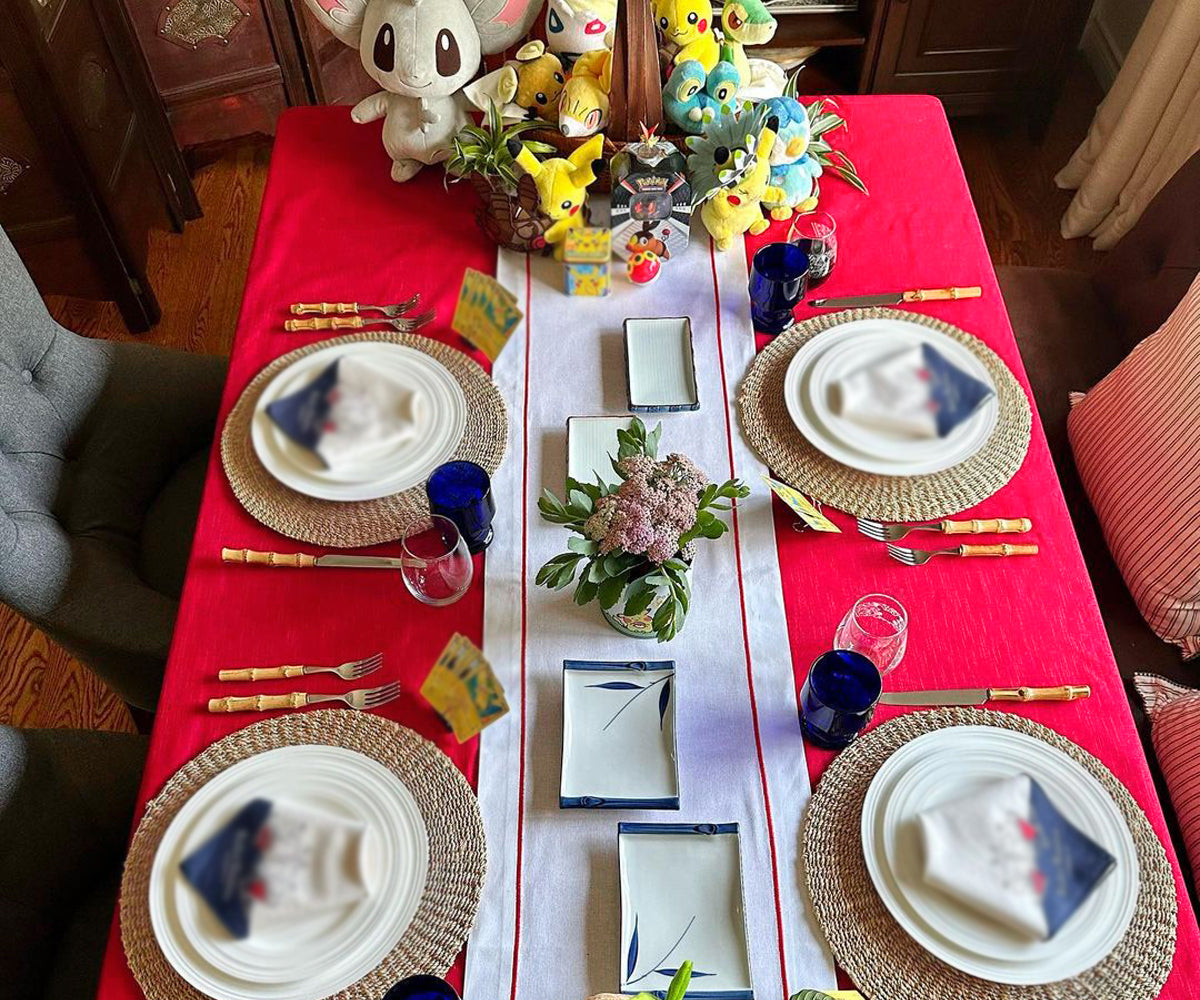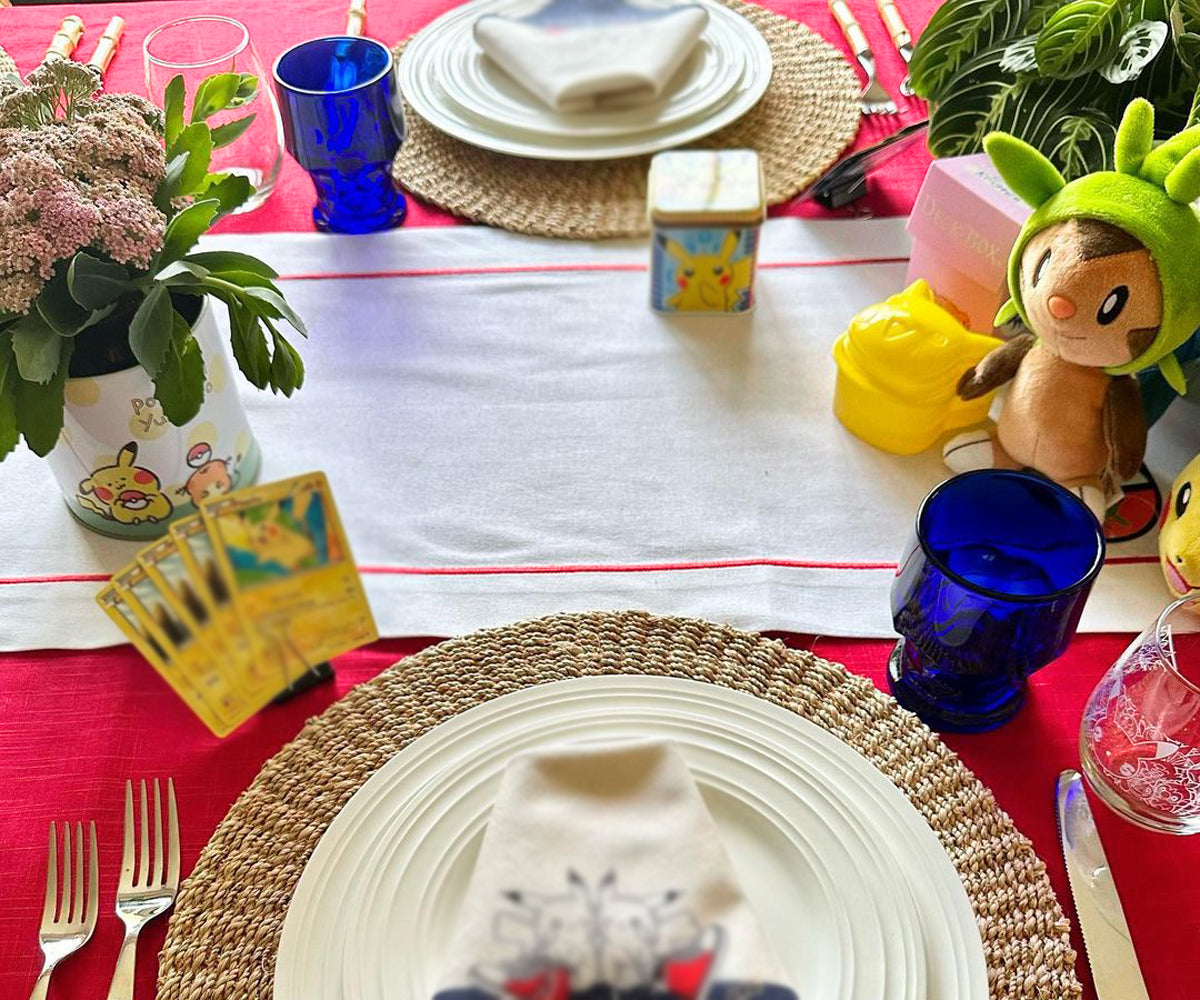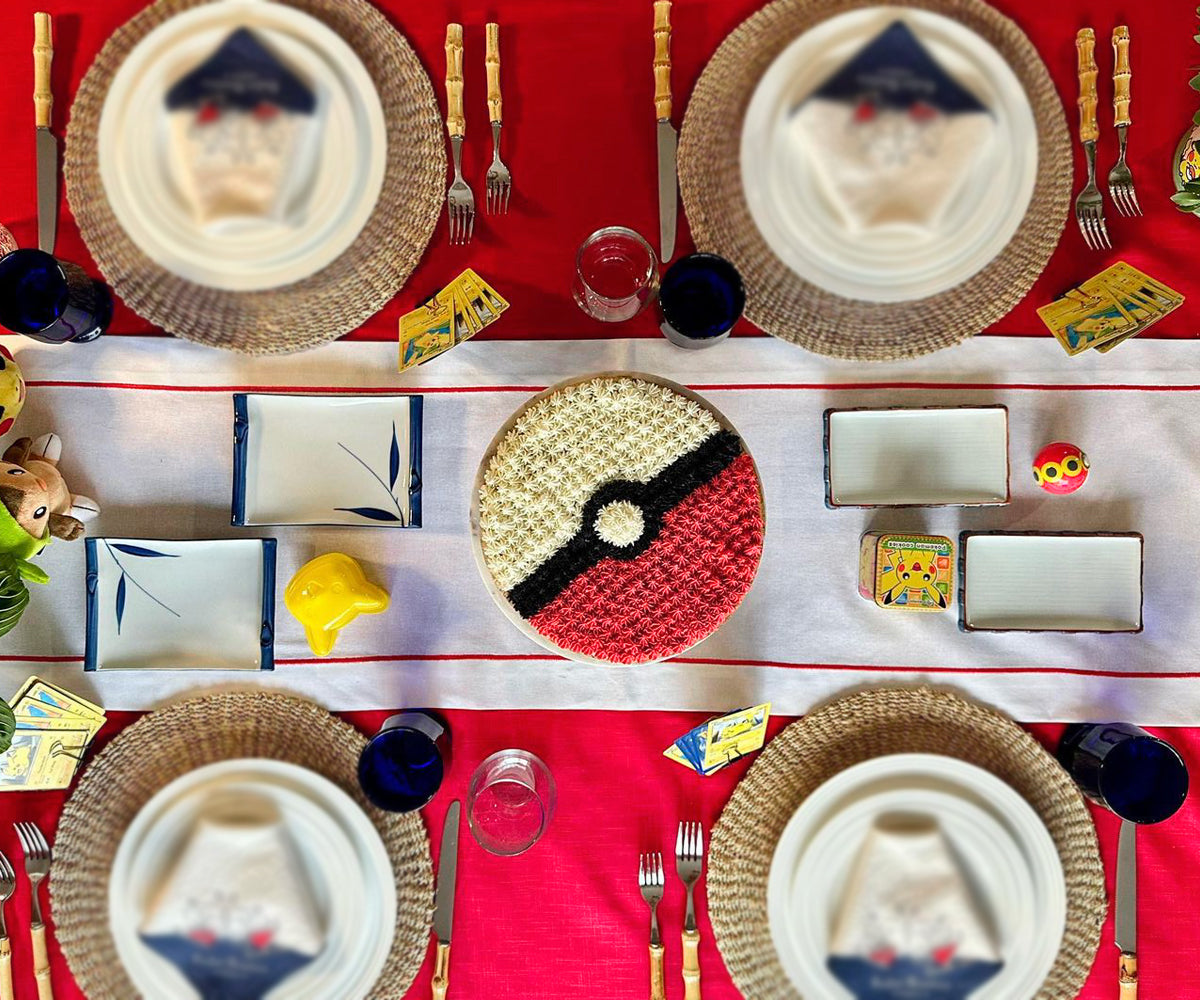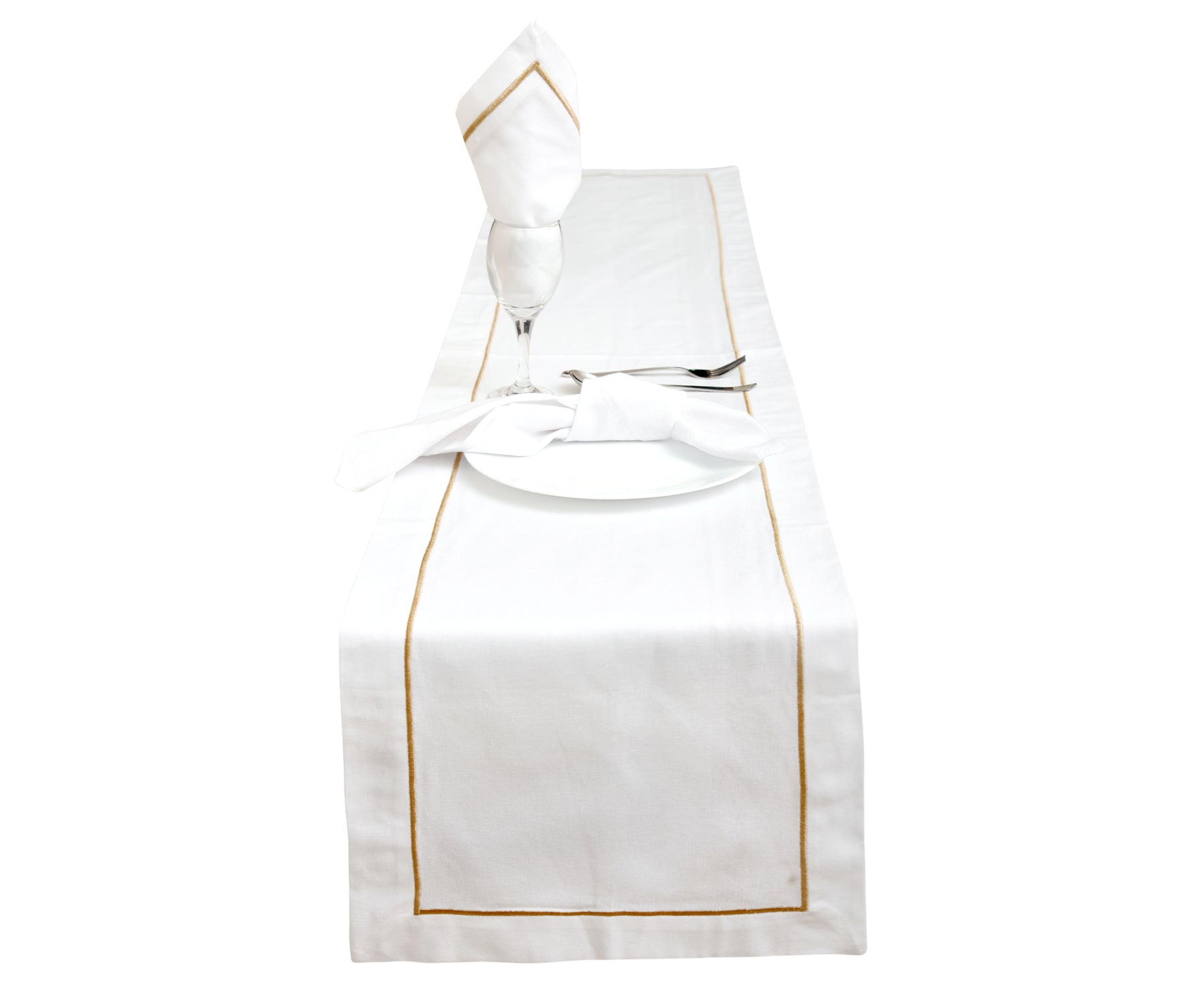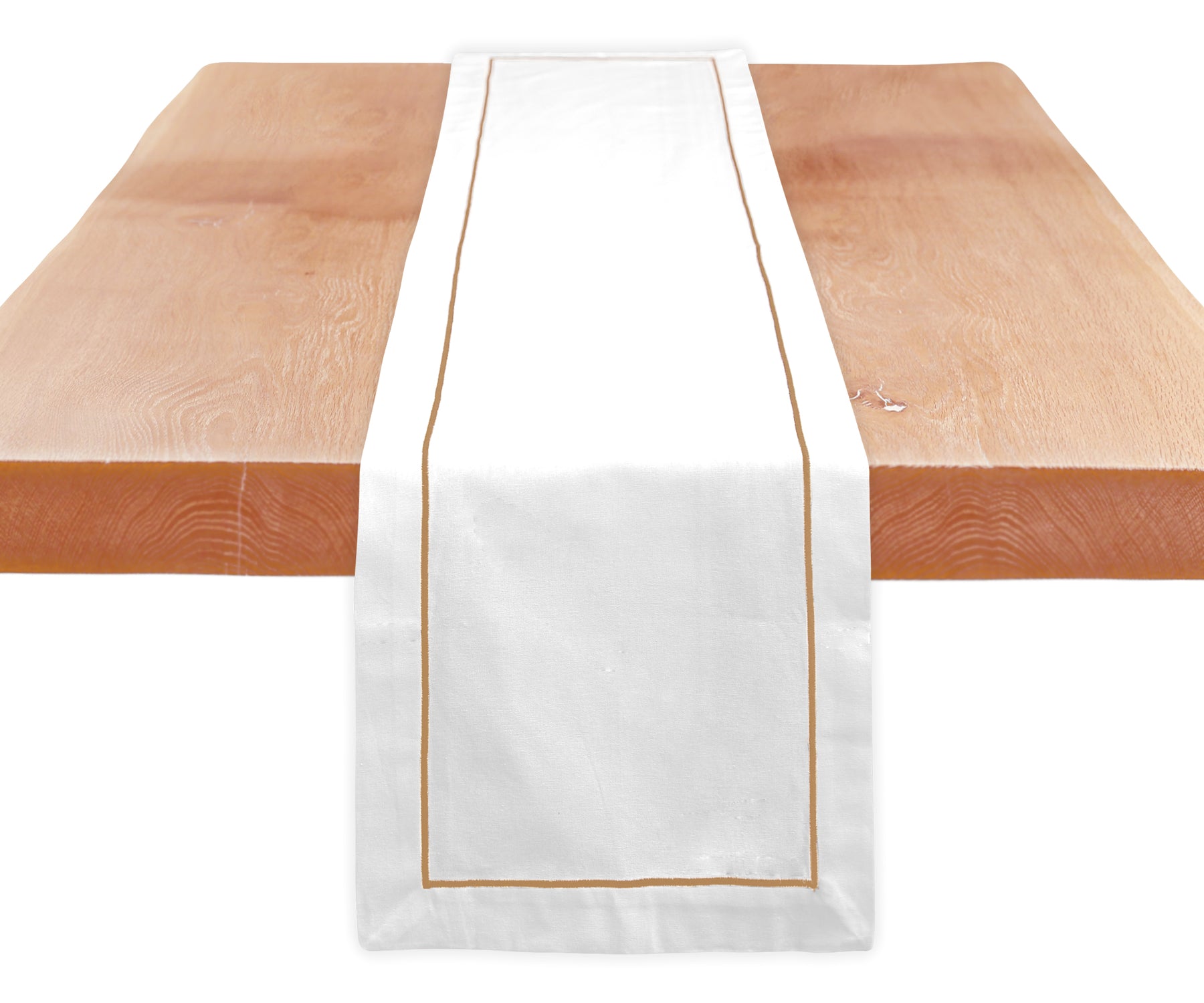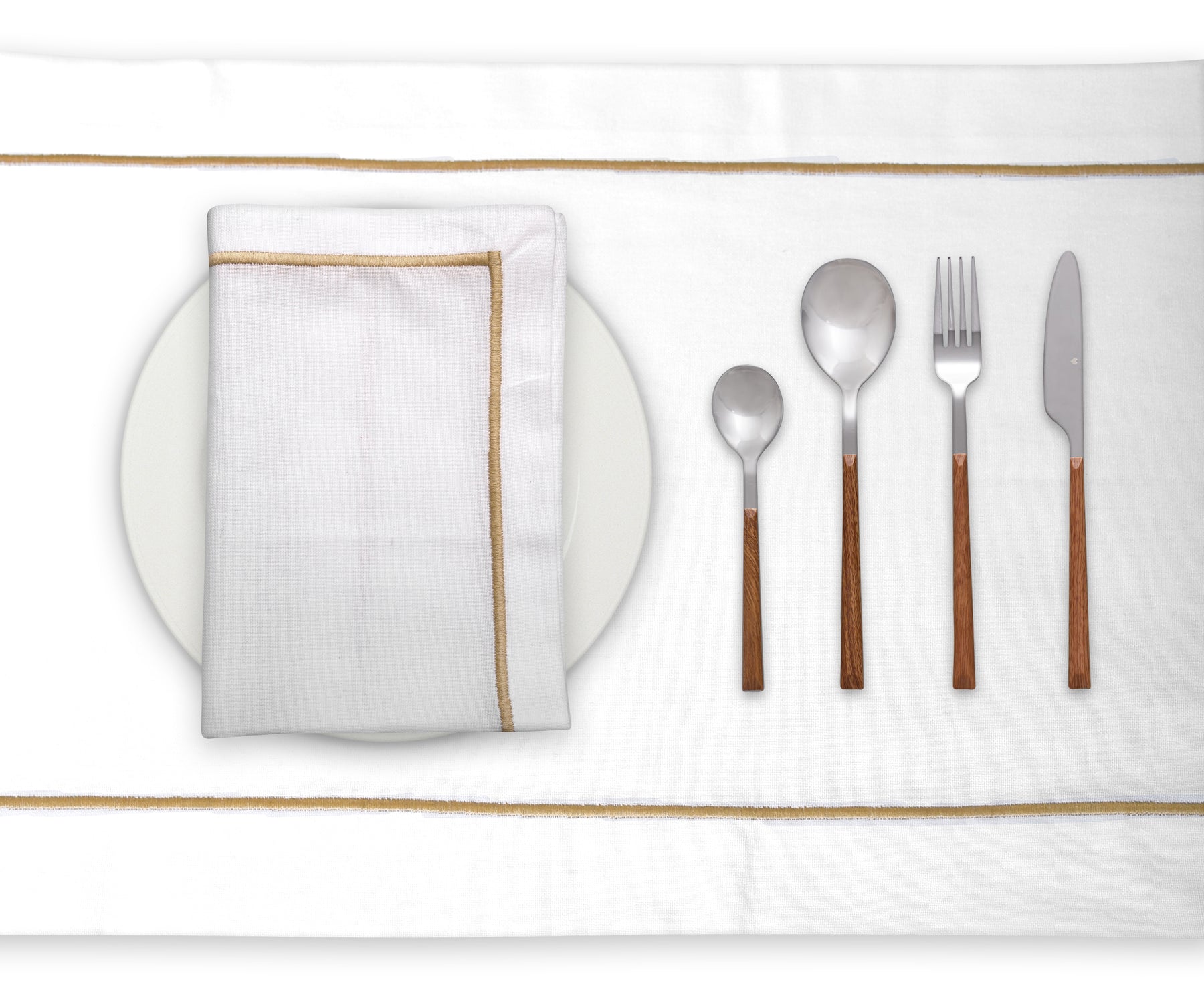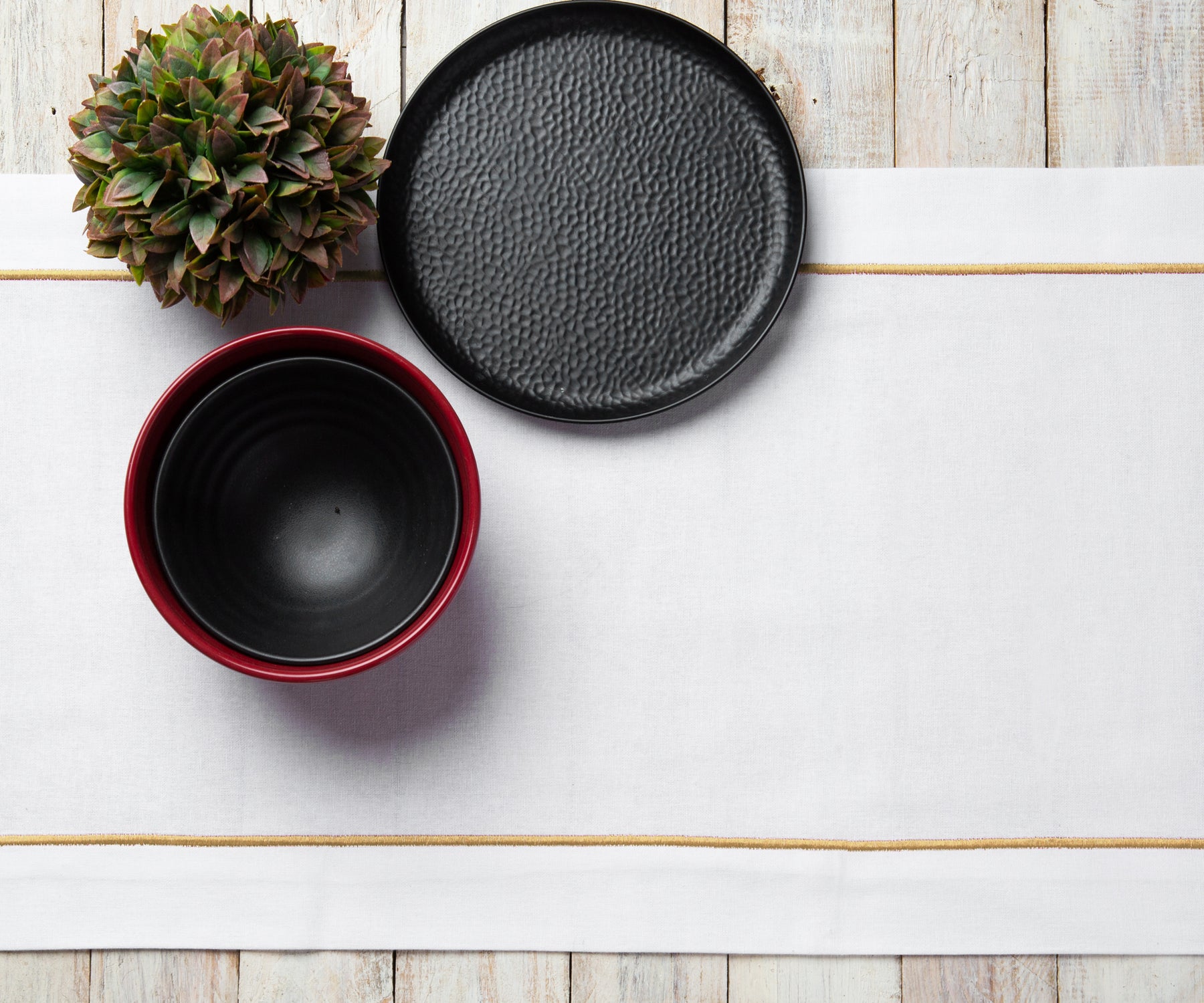The Historic Gathering: What Was on the Menu?
The first Thanksgiving was a three-day harvest celebration held in the fall of 1621. This feast marked a successful harvest and was attended by 53 Pilgrims and around 90 Wampanoag people, who shared a meal together to express gratitude and camaraderie. As they didn’t have the same food resources as we do today, the menu was based on what they could gather, hunt, or grow. Surprisingly, some of the dishes we associate with Thanksgiving, such as mashed potatoes and cranberry sauce, were not on the table at that time.
What Meat(s) Were Served at the First Thanksgiving Celebration?
One of the questions that often comes up around Thanksgiving is, What meat(s) were served at the first Thanksgiving celebration? The Pilgrims and the Wampanoag people were primarily hunters and gatherers, which meant they relied heavily on game meat and seafood rather than domesticated livestock.
1. Venison: The Centerpiece of the Feast
The Wampanoag guests brought five deer (venison) as a contribution to the feast. Venison was a readily available meat and provided a substantial protein source. Roasted venison was likely served as one of the main dishes, reflecting the hunting traditions of the Wampanoag people.

The importance of venison on the table also symbolized respect and camaraderie. In those days, venison was a treasured dish and served as a gesture of honor. In essence, it was one of the most significant offerings at the first Thanksgiving celebration.
2. Wild Fowl: More Than Just Turkey
Though turkey has become the centerpiece of modern Thanksgiving celebrations, historical records indicate that a variety of wild fowl was served at the original Thanksgiving. According to Edward Winslow, a Pilgrim leader, they "killed as much fowl as...served the company almost a week." These birds likely included wild ducks, geese, and possibly even swans.

Turkey may have been on the menu, but it was not the primary meat. Other birds like quail and pigeon were also popular during the time, as they were plentiful in the area. These birds were most likely roasted over open flames or spit-roasted, providing a smoky flavor that the Pilgrims relished.
3. Seafood: A Bounty from the Coast
The Pilgrims and Wampanoag people lived near the coast, which provided them access to a wide array of seafood. Mussels, clams, and lobsters were abundant, and these would have been served at the first Thanksgiving meal. Additionally, fish such as bass was often caught and prepared.

The Wampanoag people taught the Pilgrims how to harvest shellfish, including clams and mussels. They likely steamed them over hot stones, which made for a savory dish. Seafood was a significant part of their diet due to the proximity to the ocean, and it contributed greatly to their Thanksgiving feast.
Read More: Halloween Tablecloth Collections: Create a Spooktacular Setting
Which Meat Was Not Served at the First Thanksgiving Celebration?
Interestingly, while pork and beef are staples of many modern meals, neither was present at the first Thanksgiving. There were no cows or pigs in the settlement at that time, which meant that these meats would not have been part of the meal. Lamb, ham, and chicken were also absent. Since domesticated animals were rare, they depended on what they could hunt or gather.
The absence of certain meats brings us to the question: Which meat was not served at the first Thanksgiving celebration? The answer is straightforward—pork and beef. Since livestock was limited and primarily kept for milk or other purposes, meats like beef and lamb were not consumed during this early celebration. These meats only became part of Thanksgiving traditions much later, as settlements grew and domesticated animals became more common.
The Cooking Techniques of the First Thanksgiving
Cooking methods were vastly different in the 1600s. They didn't have modern ovens, so all cooking was done over an open fire or using earthenware. Here are some cooking methods that were likely used:
- Roasting: Meats like venison and wild fowl were likely spit-roasted over open flames, providing a rich, smoky flavor.
- Boiling: Seafood such as mussels and clams were boiled or steamed.
- Stewing: Some meats may have been stewed with herbs and vegetables to create a hearty dish.
These techniques, passed down from the Wampanoag people, influenced the way the Pilgrims prepared their meals and enjoyed the bounty of the land.
Read Related: Spooky Halloween Dishes for Potluck Party
Why the First Thanksgiving Menu Matters Today
Learning about the first Thanksgiving is a way to honor the traditions of the Indigenous people who helped the Pilgrims survive in a new and challenging land. While today's Thanksgiving meal looks different, it still symbolizes gratitude, abundance, and community.

Many modern Thanksgiving dishes—like green beans, corn, and pumpkin pie—have evolved from the types of foods available during that first feast. Although we may no longer serve venison or seafood as part of our Thanksgiving celebrations, remembering the origins of the meal helps us appreciate the history and significance of this beloved holiday.
Adding New Traditions to Your Thanksgiving
As you plan your own Thanksgiving, consider bringing in some elements of the original feast. For example, you could try incorporating seafood dishes as appetizers or adding wild fowl recipes alongside your traditional turkey. These small changes can add variety to your meal and create a unique dining experience for your family and guests.

Or, maybe you want to start a new family tradition by preparing something special the day before. Name a part of your Thanksgiving celebration that you often prepare the day before, like stuffing or mashed potatoes, and experiment with different recipes. Cooking together can bring family members closer and make your Thanksgiving more memorable.
If you’re looking for quality kitchen linens and sustainable products to enhance your holiday table, check out All Cotton and Linen’s online store. They offer kitchen towels, table linens, cloth napkins, sustainable grocery bags, bedding, and tablecloths to make your celebration both elegant and eco-friendly.
Also Read: What Mattress Types Are Best Suited for a Storage Bed: A Guide for 2024
The Evolution of Thanksgiving Traditions
Thanksgiving has come a long way since that first gathering in 1621. The meats served at the first Thanksgiving celebration remind us of simpler times when survival depended on the land and the generosity of others. The Pilgrims and the Wampanoag people came together to celebrate a successful harvest, share a meal, and give thanks—a tradition that continues today, even if the menu has changed over the centuries.
So this Thanksgiving, as you sit down to your own meal, take a moment to reflect on the history and origins of the holiday. Whether you’re enjoying roasted turkey, mashed potatoes, or even a modern twist with seafood, remember the spirit of gratitude that started it all.


